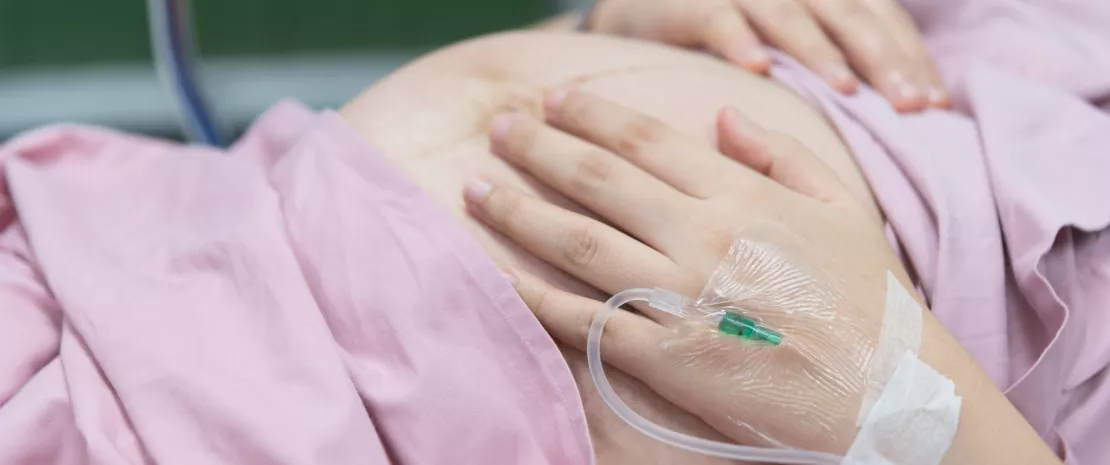Peripartum prophylactic antibiotic therapy decreases bifidobacterium levels in breast milk
Peripartum preventive antibiotic therapy changes the bacterial composition of breast milk. Levels of Bifidobacterium, bacteria that are beneficial to the development of newborns, are significantly reduced in the days following delivery.
Sources
This article is based on scientific information

About this article
Prophylactic antibiotic therapy is necessary to reduce the risks of peripartum infections, which are the cause of 10% of maternal deaths and are associated to the death of nearly 1 million of newborns every year, according to the (sidenote: WHO recommendations for prevention and treatment of maternal peripartum infections- 2015 ) . However, these treatments are associated with adverse effects, including changes in the maternal microbiota that are likely to impact the child’s early colonization. This led a Brazilian team to study changes in breast milk bacterial populations, while focusing on bacteria from the Bifidobacterium genus. The main representatives of this genus (B. breve, B. adolescentis, B. bifidum, B. longum, and B. dentium in breast milk) are known for their beneficial effects on humans, especially through the production of short-chain fatty acids.
Significant decrease in Bifidobacterium on Day 7
Researchers compared samples of milk from 55 women who gave birth vaginally: 21 were preventively treated with broad-spectrum antibiotics (cefazolin, penicillin or clindamycin) and 34 treatment-naive women. Total bacterial concentration as well as detailed count of Bifidobacterium were determined by qPCR in samples taken on Days 7±3 and 30±4. The results did not show significant differences between the study groups in the total number of bacteria. An explanation for this finding might be the repopulation by bacteria that are resistant to the antibiotics used in the study. On the contrary, a significant decrease in levels of Bifidobacterium is observed in the milk of women treated prophylactically. This dysbiosis is at its peak on Day 7±3 but returns to normal over time and is not noticeable after one month.
Hailed as one of the greatest medical advances of the 20th century, antibiotics have saved millions of lives. But they also have an impact on our microbiota by inducing a dysbiosis. Let’s take a look at this ambivalence role:
The ambivalent role of antibiotics
Dysbiosis gradual improvement: hypotheses
Researchers suggest a likely recolonization from the gut microbiota, trough the endogenous entero‑mammary pathway involving maternal dendritic cells able to capture commensal bacteria in the lumen. Other hypothesis: oligosaccharides present in breast milk might act as a substrate and promote Bifidobacterium growth. All we can say for sure is that if the mother is breastfeeding, peripartum prophylactic antibiotic therapy reduces the supply of beneficial bacteria to the child. This initial observation requires us to detail the impact of this temporary deficit on the development of the newborn’s gut microbiota and correlated functions, especially immune and inflammatory functions.
What is the World AMR Awareness Week?
Each year, since 2015, the WHO organizes the World AMR Awareness Week (WAAW), which aims to increase awareness of global antimicrobial resistance.
Held on 18-24 November, this campaign encourages the general public, healthcare professionals and decision-makers to use antimicrobials carefully, to prevent the further emergence of antimicrobial resistance.






